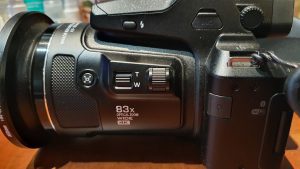 UPDATE: If you find this review useful, please do leave a comment – I’d love to hear from you.
UPDATE: If you find this review useful, please do leave a comment – I’d love to hear from you.
I thought I would do a review, now I’ve been using this camera daily since end of November 2020. So almost 3 months. I’m a birder so it’s natural that most of my images will relate to birds but it’s not just birds you can photograph with it. And I definitely recommend it as a great travel camera.
This is classed as a Bridge Camera with super-zoom. It’s an all-in-one. For those upgrading from a point and shoot, or phone camera, yes, there’s some learning to be done. For those, like me, who are in need of something lighter to carry around all the time, instead of a DSLR and attached lenses, you’ll adjust to it quite quickly.
What do I like about this camera? It’s lightweight – about 1/3 of the weight of what I am used to carrying around with me every day. It has an amazing super-zoom – even more than my 200-500mm heavyweight lens. It has several preset settings but you can also set up your own settings. It’s easy to use. And you can get amazing moon images too, as it has a fantastic moon setting. It’s also quite easy to do videos too.
What don’t I like about this camera? You can’t shoot RAW in all settings, just the M, A, S and P modes. For the other settings, scene (several options), bird, moon, they are all in jpg only. The zoom, when fully extended, is so light, it’s hard to hold it still. Of course, it may still just take time for me to get used to how light it is to hold still. I know it took me 3 months just to get used to holding a 70-300mm still enough for sharp shots a few years back. Or I may just have to consider a monopod or tripod to carry around. We’ll see…
July 24 – I do totally hand held and have gotten used to how light the fully extended zoom lens is.
Addendum: I’ve had people contact me saying they’re having focus issues. What they haven’t realised is they need to adjust the diopter to suit their eyesight, either with or without glasses. This information below is from the P950 Manual.

I won’t put the specs here but if you read this post at DPReview it shows you the specs and also comparisons of earlier bridge cameras with super-zooms by Nikon. This is clearly the best yet.
And there is a post here by Robert G Allen showing you what he has found. There was another I read before I made my decision to buy it but can’t find it now – if I do, I’ll add it later.
And this one at Nikon.
My previous post about some Tawny Frogmouths gave you a small example of what could be achieved. But here are more for you.
Now, I’ve tried several modes so far on the camera but my favourite still remains the Bird setting – and not just for birds either. But you cannot adjust the ISO – it does it automatically, based on the lighting, although you can preset the range you want it to operate in. On the whole, it works quite well but if the light is real low, I would have to change to another image setting so I could adjust the ISO to make it higher. That is, the M, A, S or P settings.
I have been building an album with images just from this camera which you can view at Flickr.
Now, to share with you some of the images – distance and close ups. All images have been lightly touched up with Lightroom, i.e. a bit of brightening and/or sharpening, but nothing else. The camera has a 5.6 crop factor meaning 357*5.6 =2000mm. The camera does 4.3 – 357mm zoom, effectively 24mm-2000mm ultra zoom. But if you use digital zoom it can do double that. Pretty amazing, don’t you think?
If you’re looking for a good travel camera, this would fit the bill.
The images below show you what focal point I used for each image.
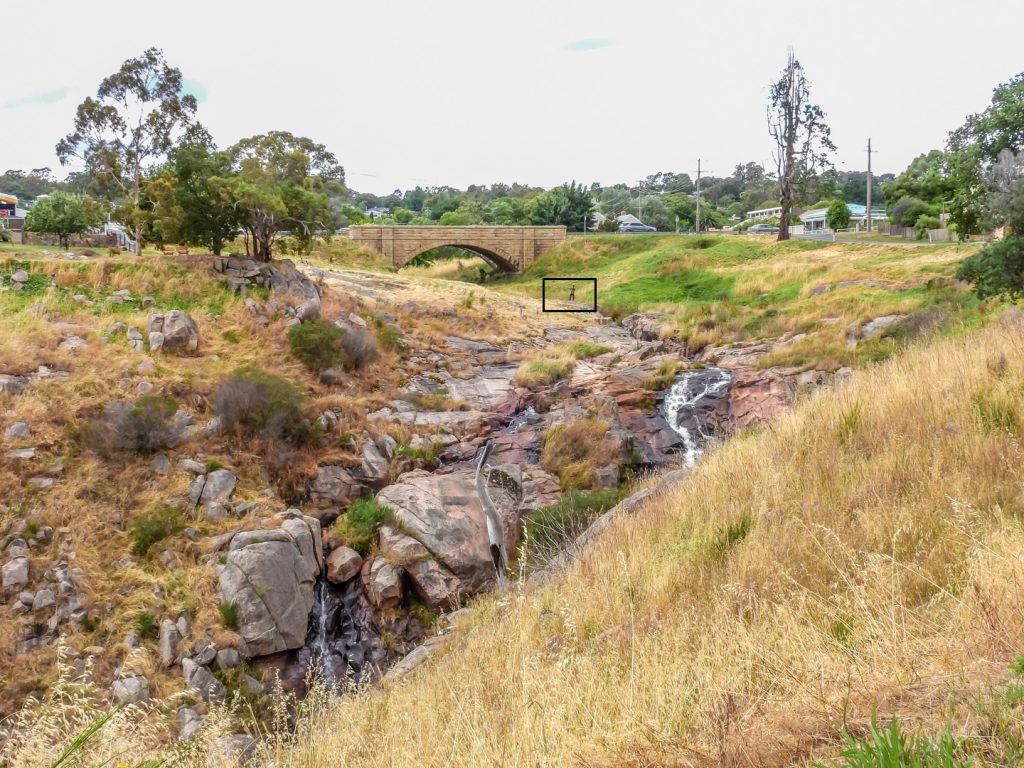
I took these shots just over week after getting the camera. My husband and I had gone away for a short holiday. In the first shot the square is where the man is and you can see him close up in the second shot. Both images were taken from the same position.
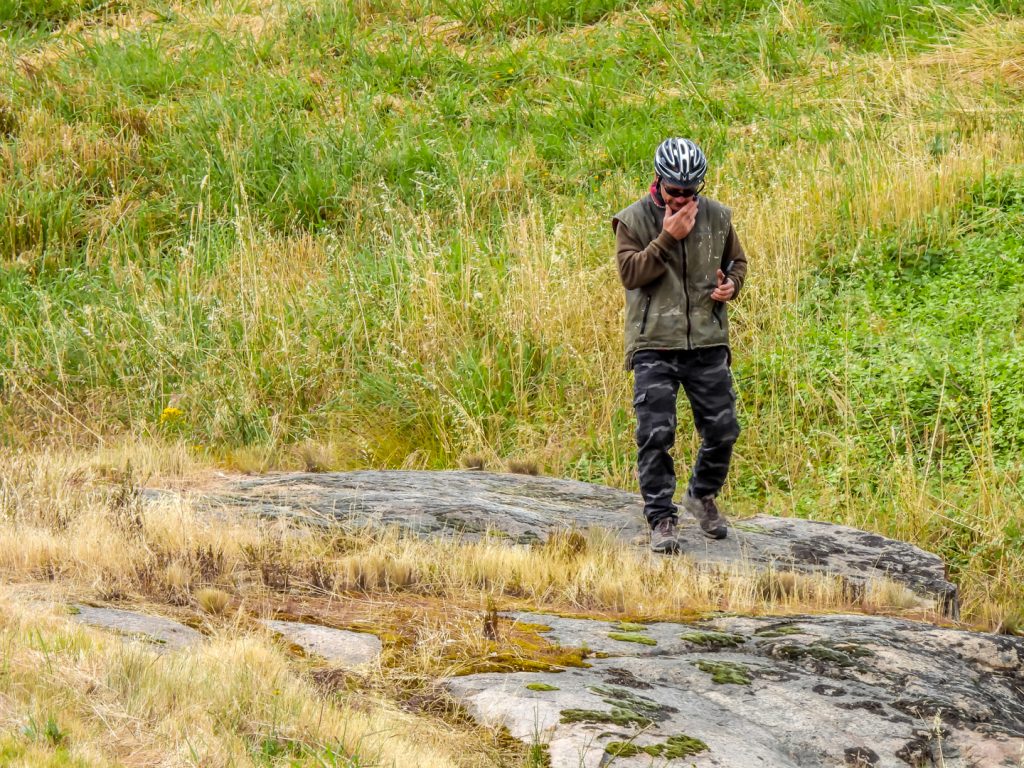
On the same day, these images were taken too, in the same area.
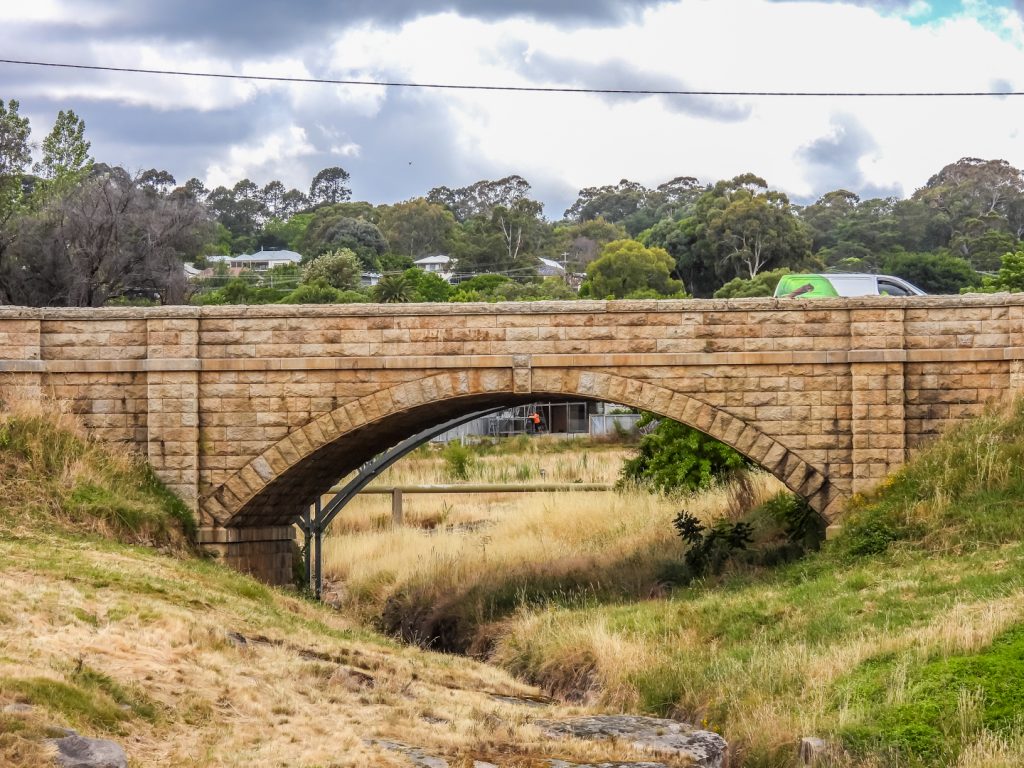
And the close up.
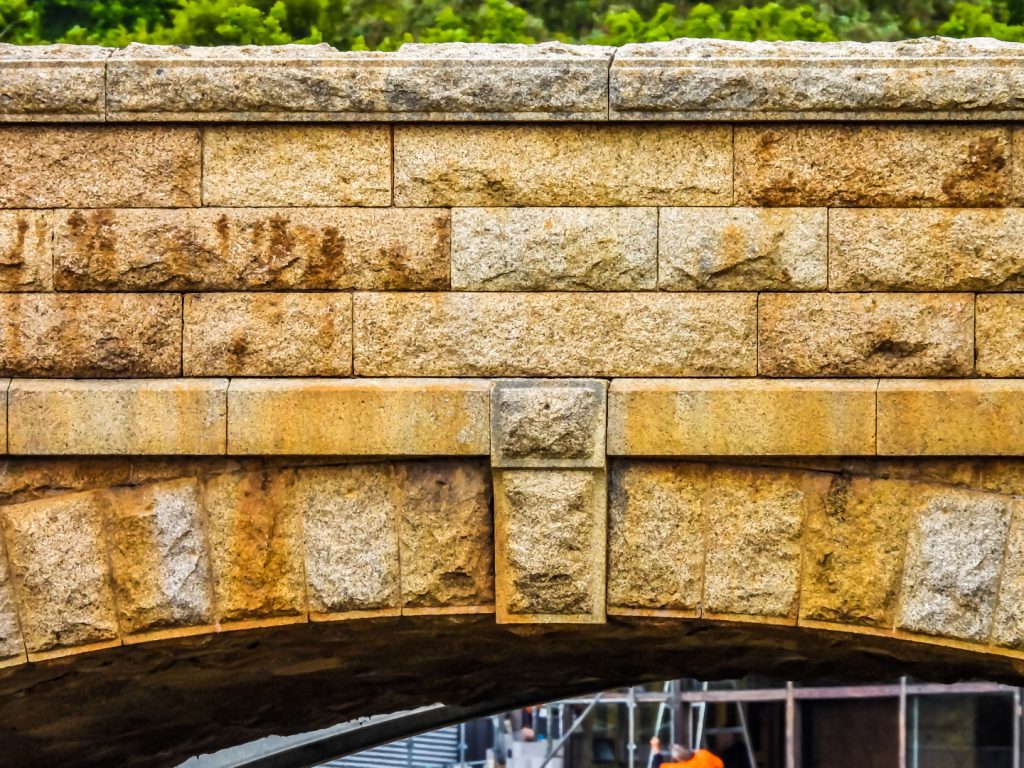
Another day, we visited a wetlands area. Saw my first yellow-billed spoonbills – love seeing ‘firsts’ in my birding. There were two in the distance as you can see marked below.
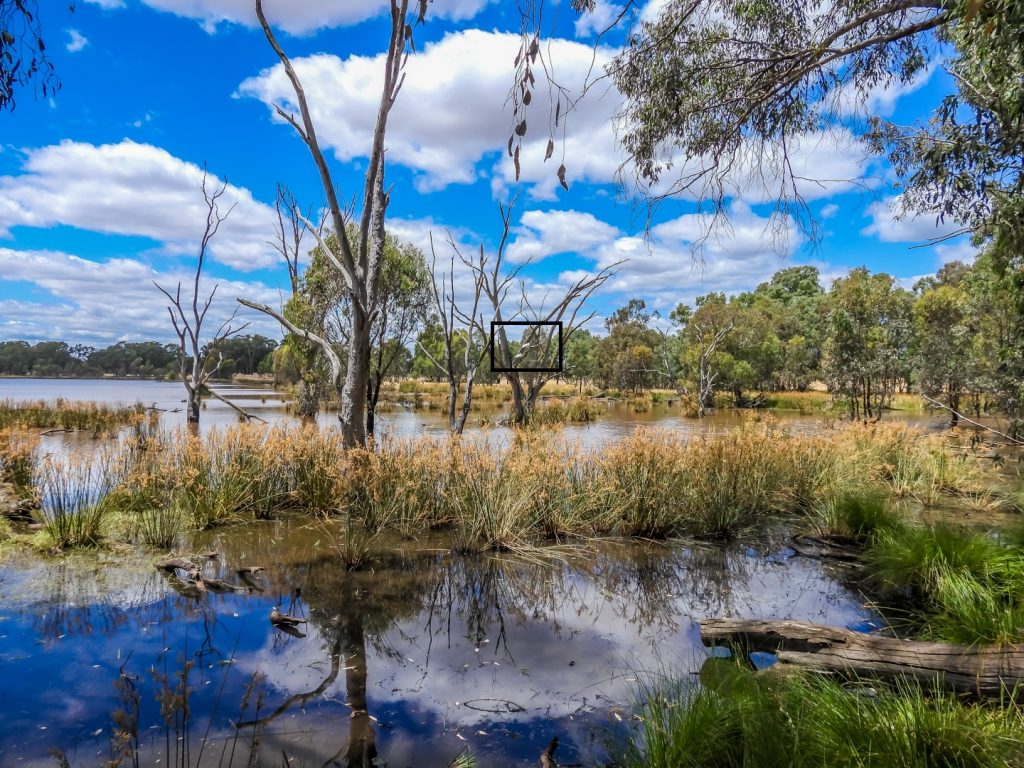
And the close up of one of them.
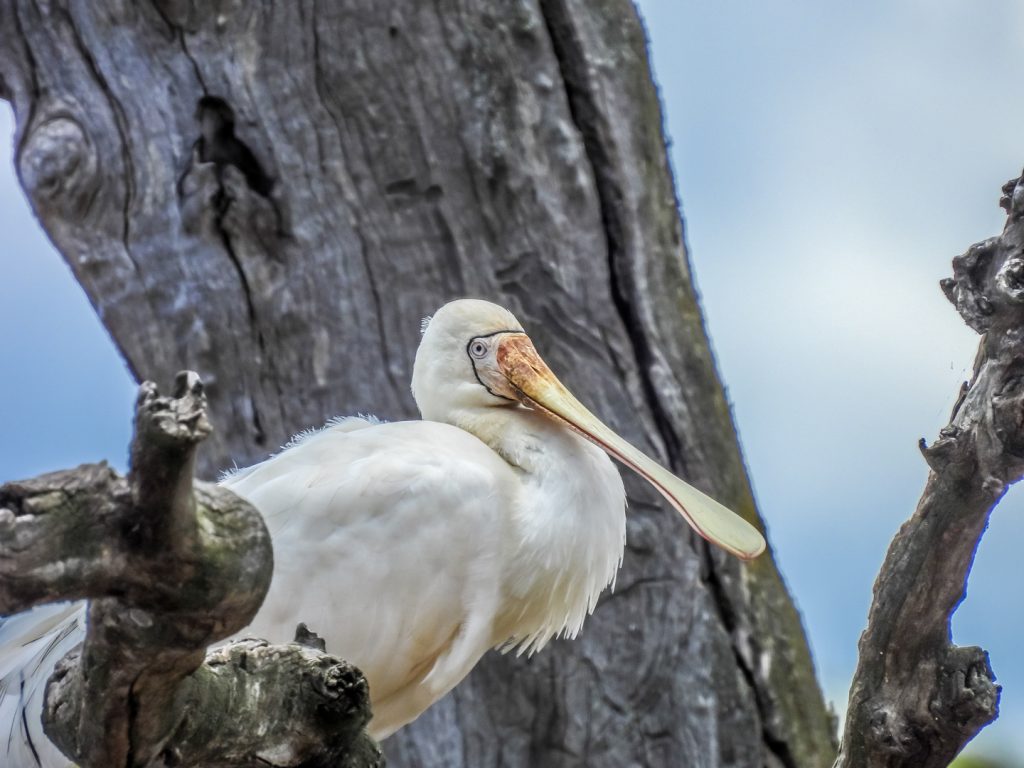
A few weeks later my husband and I visited the Blue Lotus Water Gardens in Yarra Junction. I took the P950 with me – I’ve literally been using it every single day so I can get used to it and learn how to best use it. This is of a Reed Warbler. I didn’t get the wide shot but partly zoomed in and then fully zoomed in.
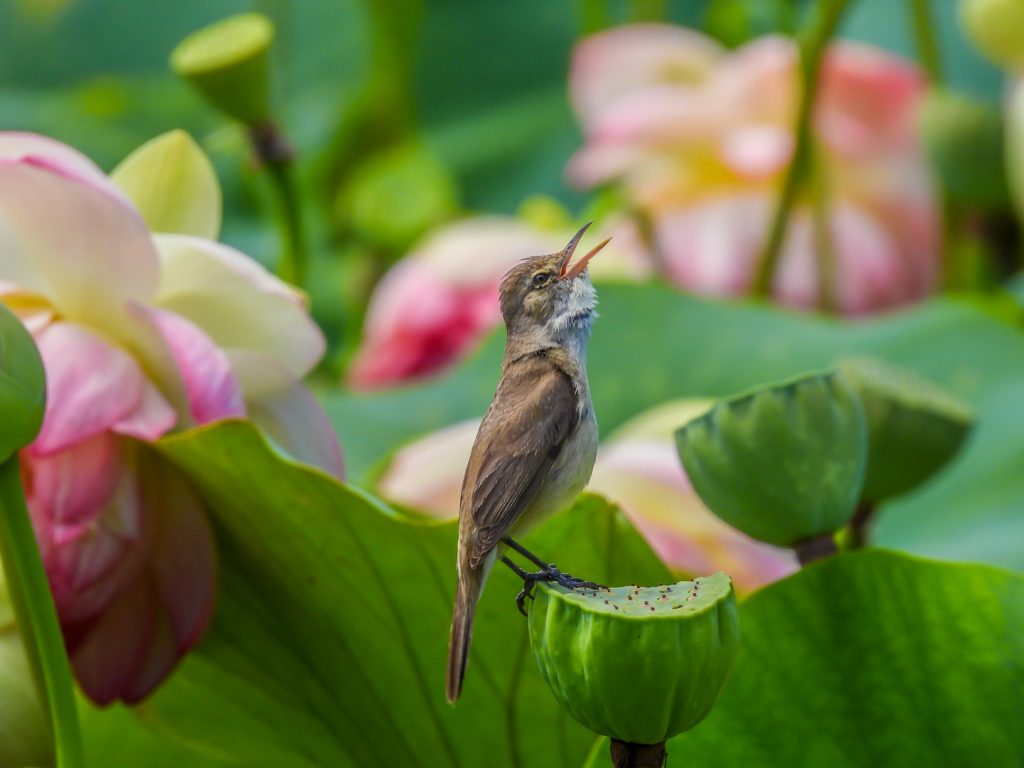
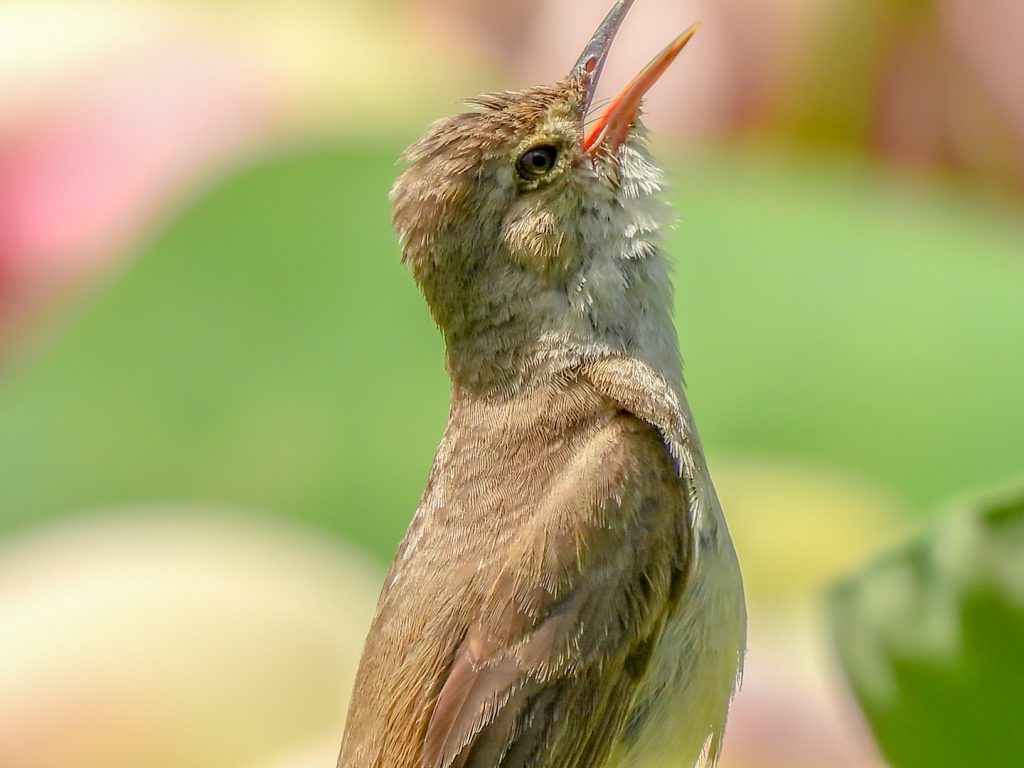
We also took Miss 6 (granddaughter) for her 6th birthday to the Zoo and the lion enclosure has had an upgrade. Looks great and there are now many vantage points to view the animals. But the best viewpoint was through a glass window at the end of the enclosure and the animal was a distance away.
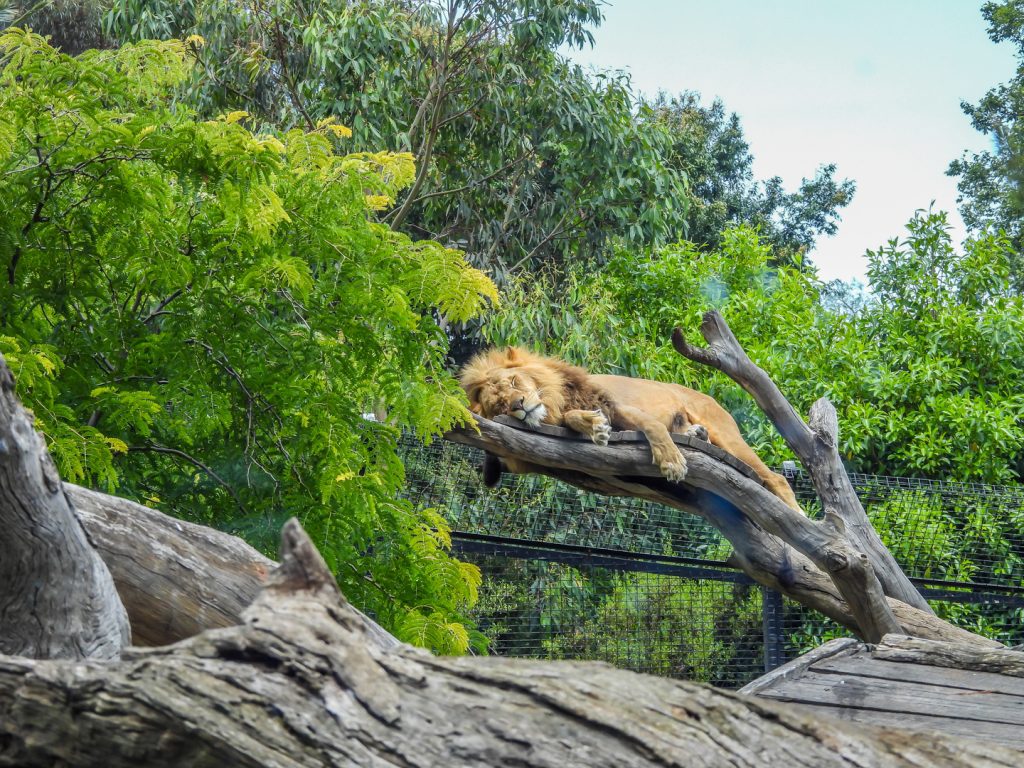
Fully zoomed in.
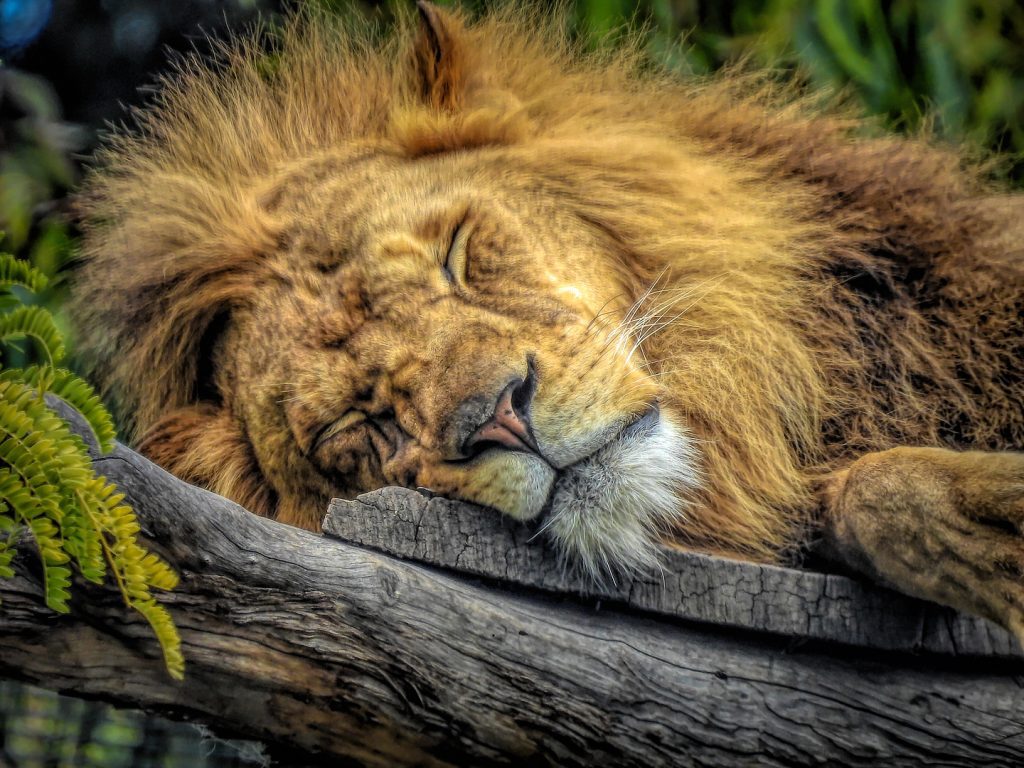
Great for close ups of flowers too.
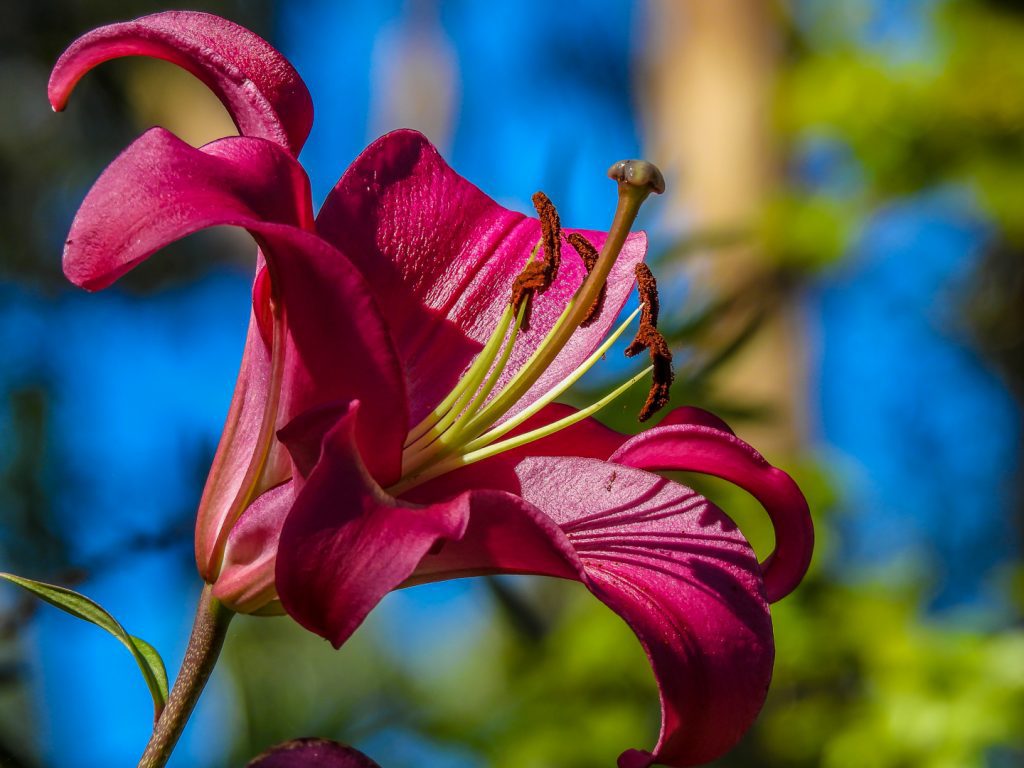
Moon shots.
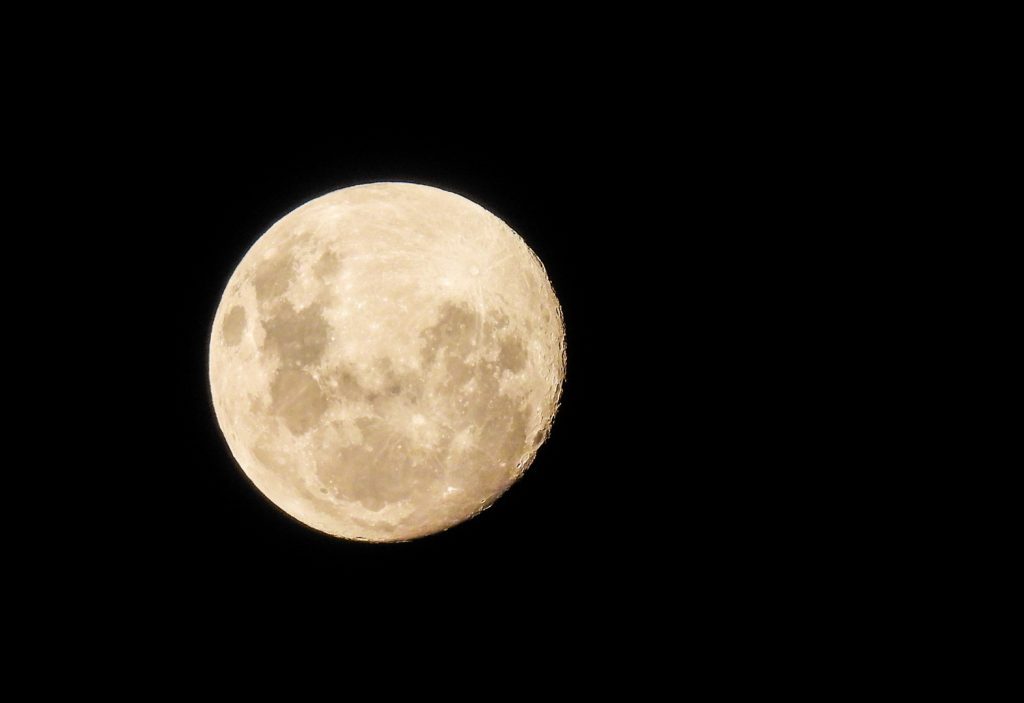
And closer
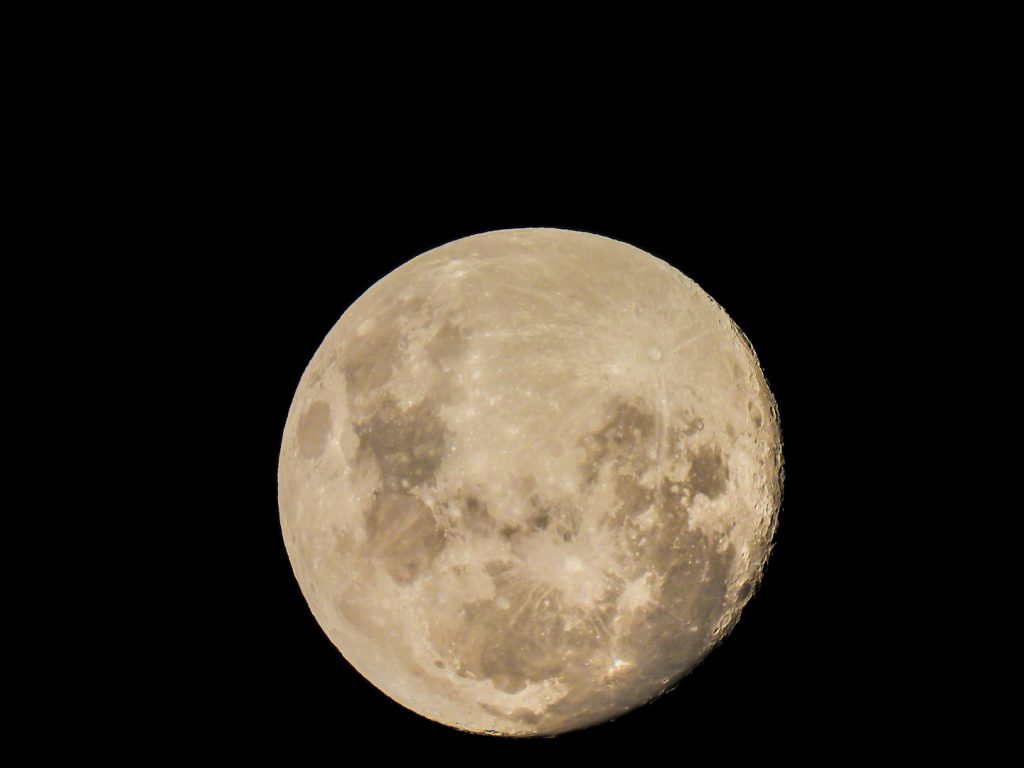
And fully zoomed in – can’t fit the whole moon in the image.
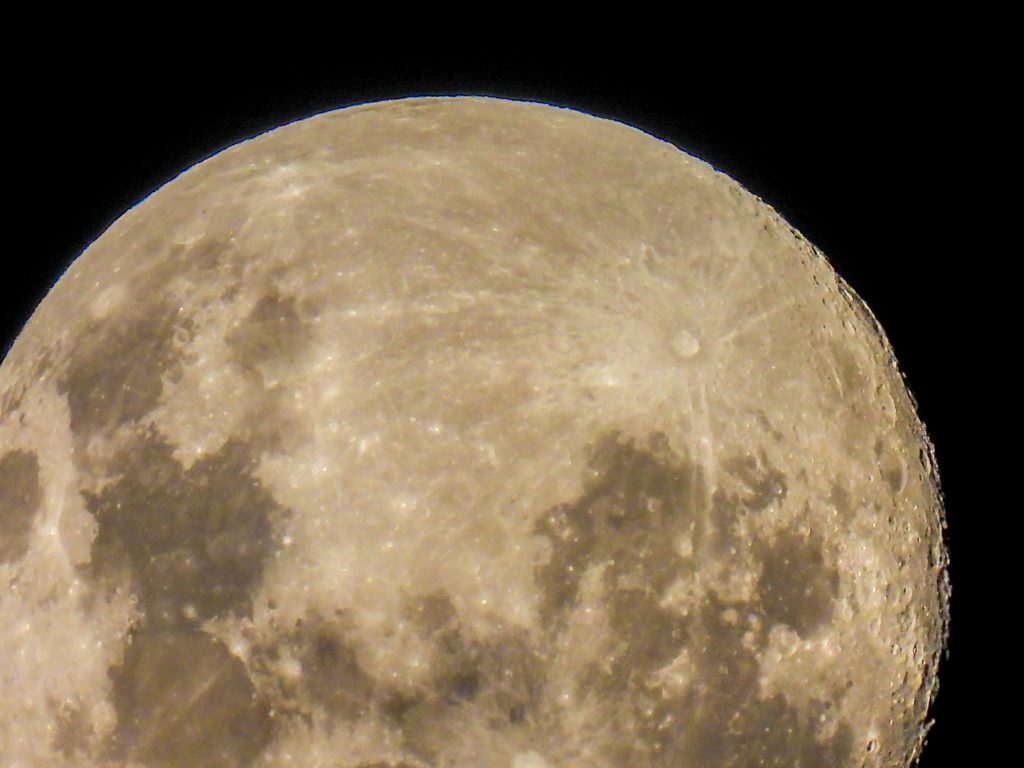
Ultimately you can say I’m quite happy with this camera. While I’ve yet to achieve good BIF (bird in flight) or other action shots (I’ve got some but not many) and it is a little slow in auto focusing, it more than makes up for it in the ability to get good shots of things close by and at a distance. However Robert G. Allen’s posts I linked above shows BIF and planes in flight shots that he has achieved and I have seen other images where photographers have done it successfully. I hope to as well, over time. The camera does wide shots, super zoom shots and great in between shots. A good all rounder camera for every day activities and light enough to carry around all day long. Can’t wait to be able to travel again and take this with me!

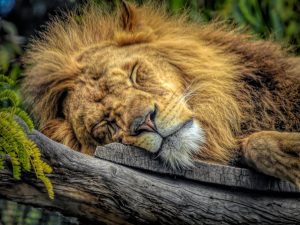
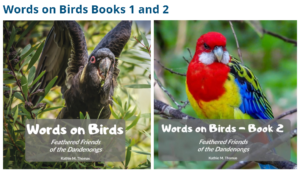
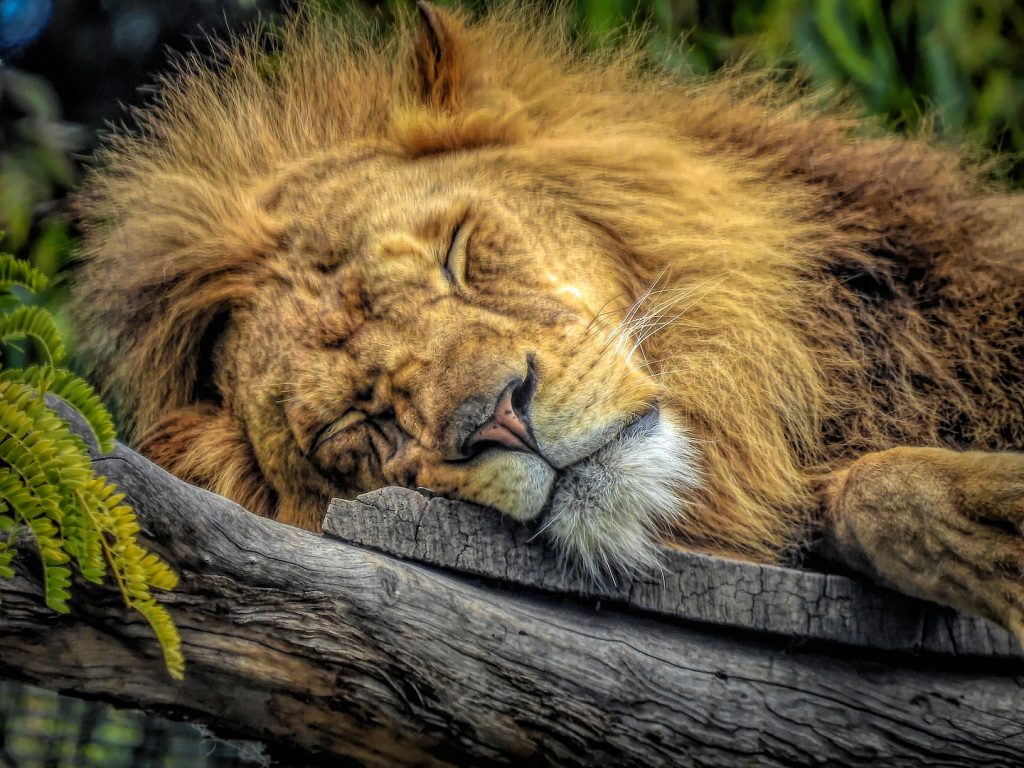
The Reed Warbler photos and the zoomed in lion photos and just stunning!
That is a great review. You have clearly explained some of the questions I would have asked. And the photos with the explanation is fantastic.
I am not a photographer but found your review readable and I am sure the tips you mention are very useful to others. The contrasting focal length photos are extraordinary. I also love the reed warbler, the spoonbill and the flower.
Hi Kathie,
Just read your review and was so excited to see you showcased the gorge bridge from my hometown.. This is just down the road from where I grew up and the road you would have been on is where my grandparents lived.
Fantastic photos and I agree with you the P950 is a great camera, so much so my grand daughter has decided that she is having it now..
Cheers Lesley
That’s amazing Lesley. So glad you enjoyed the review and that your granddaughter wants to get one. I’m sure I’ve encouraged quite a few people to buy this camera. I love it and I know she will too.
Thanks a lot. I was about to buy P1000.
Glad to be of help Deepesh.
Hello from British Columbia, Canada. I am a bit new to bird photography, but I have now bought a P950. It seems to me that for birds, especially when zoomed, a shutter speed of at least 1/800 is needed. But then of course depending on light, even wide open aperture may not be sufficient to avoid underexposure, and pushing ISO beyond 800 might not be a good idea. If the bird is dark and against a light sky, then it becomes quite tricky too. Do you think Bird Mode is thinking about all this? I think I have noticed that it does not particularly like fast shutter speeds…
Hi Steve, thanks for your comment. I use Bird Mode almost ALL the time, and find it works well under 1/800, in fact I’ve had it working at 1/80 but the conditions and lighting need to be right. Sometimes it’s just a case of lightly pressing on the shutter button and then pressing on it again and you’ll find the lighting through the viewfinder will adjust and you can get a clear photo. If you got to my P950 Album at Flickr, https://www.flickr.com/photos/kathiemt/albums/72157717262499826/ you’ll be able to see the settings for individual shots – almost all are in Bird mode. But granted, it’s not so good for birds in flight – sports mode or shutter priority would be needed in most cases, but again, depends on the lighting. The photo of the Brolgas flying in that album was in Bird mode. Hope this helps?
Wow! I have debating950vs1000 for an upcoming African safari. You sealed the deal with this review. Love your work as well as your literary skills.
It’s hard to come by experienced people for this topic, however, you sound like you
know what you’re talking about! Thanks
You have made my mind up l will go for the 950 thank you for been so helpful, great shots you have taken… Alan (Kent UK)
Good to hear, Alan. Thanks for letting me know.
Very new at getting used to the P950. Odd basic question … how do you check the battery level. Don’t have a spare battery and charger yet as I did for the earlier model.
Hi Anna, it shows up to the bottom left of your screen, but usually only when it’s nearing full use, i.e. when it only has about a dozen or so pics you can take. If your battery is made in Japan you should get around 200-250 photos with it – depending on what options you’ve chosen. But if made in China it’s usually under 200, say around 150-180.
Get a charger and a spare as soon as you can – I have 3 batteries in total, although one is getting rather old and I suspect might quit on me soon (it’s 5 years old and well used) so I’ll be getting another soon myself. Have fun with it.